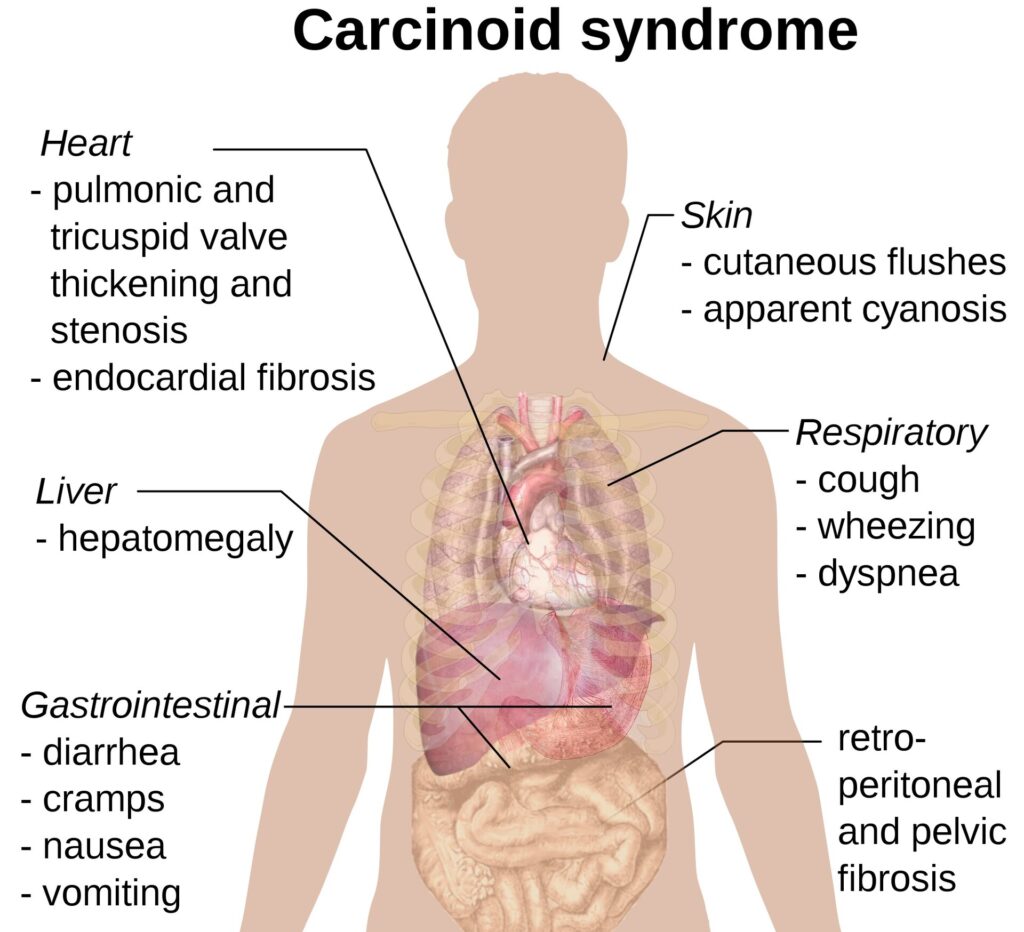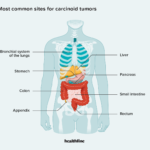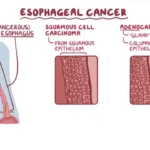Carcinoid syndrome diarrhea is a challenging condition that often accompanies neuroendocrine tumors (NETs). This guide provides an in-depth understanding of its causes, symptoms, diagnosis, and treatment options to help patients and caregivers navigate its complexities effectively.

Understanding Carcinoid Syndrome
Carcinoid syndrome is a group of symptoms caused by the secretion of certain hormones, primarily serotonin, by neuroendocrine tumors. These tumors commonly arise in the gastrointestinal tract or lungs and can metastasize to other parts of the body, including the liver. When hormones enter the bloodstream, they provoke symptoms like flushing, abdominal pain, and persistent diarrhea.
Key Features of Carcinoid Syndrome:
- Flushing: Sudden redness of the face and neck.
- Diarrhea: Frequent, watery stools that may lead to dehydration and malnutrition.
- Heart Valve Disease: Hormones can damage the heart, particularly the right-sided valves.
- Bronchoconstriction: Difficulty breathing due to narrowed airways.
Causes and Pathophysiology
Carcinoid syndrome diarrhea occurs due to excessive serotonin and other bioactive substances released by neuroendocrine tumors. These chemicals stimulate the intestinal lining, increasing motility and reducing water absorption, resulting in diarrhea.
Pathophysiological Mechanisms:
- Serotonin Overproduction: Excess serotonin activates intestinal muscles, causing hypermotility.
- Prostaglandins and Other Hormones: Compounds like tachykinins exacerbate fluid secretion and motility.
- Bile Salt Malabsorption: Liver metastases disrupt bile salt reabsorption, contributing to diarrhea.
Symptoms
Patients with carcinoid syndrome diarrhea often experience the following symptoms:
- Persistent, watery diarrhea (occurring several times daily)
- Abdominal cramping or bloating
- Nutritional deficiencies due to malabsorption
- Fatigue and weight loss
- Dehydration, leading to dizziness and electrolyte imbalances
Diagnosing Carcinoid Syndrome Diarrhea
Accurate diagnosis involves a combination of clinical evaluation, biochemical testing, and imaging studies. Timely identification of the condition is essential for effective treatment.
Diagnostic Steps:
- Clinical History: Assess symptoms like flushing and diarrhea.
- Biochemical Tests:
- 5-HIAA (5-Hydroxyindoleacetic Acid): A urine test measuring serotonin breakdown products.
- Chromogranin A (CgA): A blood marker often elevated in NETs.
- Imaging:
- CT or MRI Scans: Identify tumor location and metastases.
- Octreoscan or Gallium-68 PET/CT: Highlight somatostatin receptor-positive tumors.
Treatment Options
Effective management of carcinoid syndrome diarrhea requires addressing the underlying tumor and controlling symptoms.
Symptomatic Treatment
- Somatostatin Analogs:
- Octreotide and Lanreotide: Reduce hormone secretion and control diarrhea.
- Anti-Diarrheal Medications:
- Loperamide: Slows intestinal motility.
- Diphenoxylate-Atropine: Reduces diarrhea frequency.
Tumor-Directed Therapies
- Surgical Resection: Removes primary tumors and metastases if feasible.
- Liver-Directed Therapies:
- Embolization: Blocks blood supply to liver metastases.
- Radiofrequency Ablation: Destroys tumor tissue with heat.
- Peptide Receptor Radionuclide Therapy (PRRT):
- Delivers targeted radiation to tumor cells expressing somatostatin receptors.
Nutritional Support
- High-protein, low-fat diets
- Supplements for vitamins and minerals
- Hydration to prevent dehydration
Living with Carcinoid Syndrome Diarrhea
Chronic conditions like carcinoid syndrome diarrhea require lifestyle adjustments and regular medical follow-ups. Strategies include:
- Tracking Symptoms: Maintain a diary to identify triggers.
- Stress Management: Practice relaxation techniques to reduce symptom severity.
- Regular Monitoring: Periodic imaging and biochemical tests to assess disease progression.

